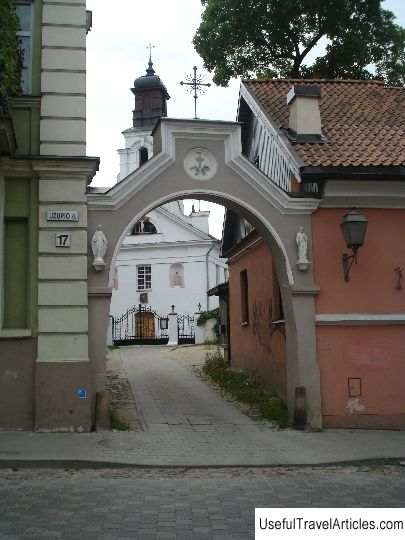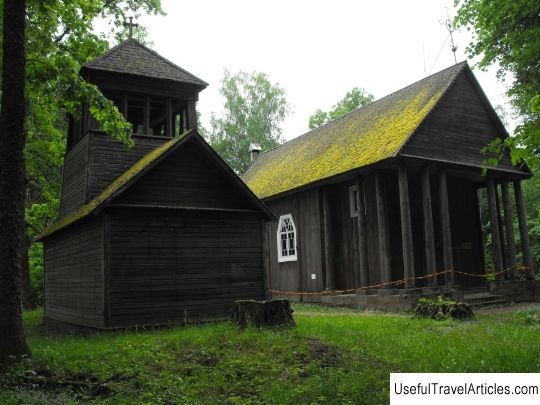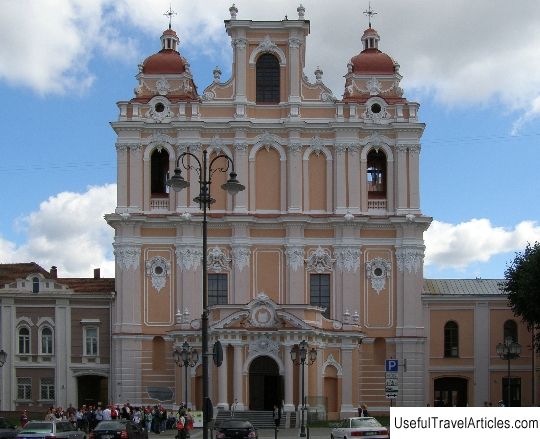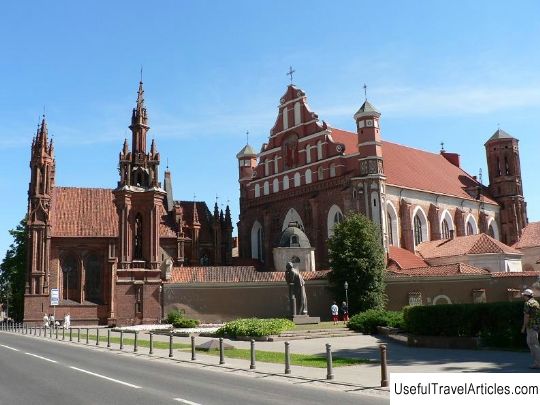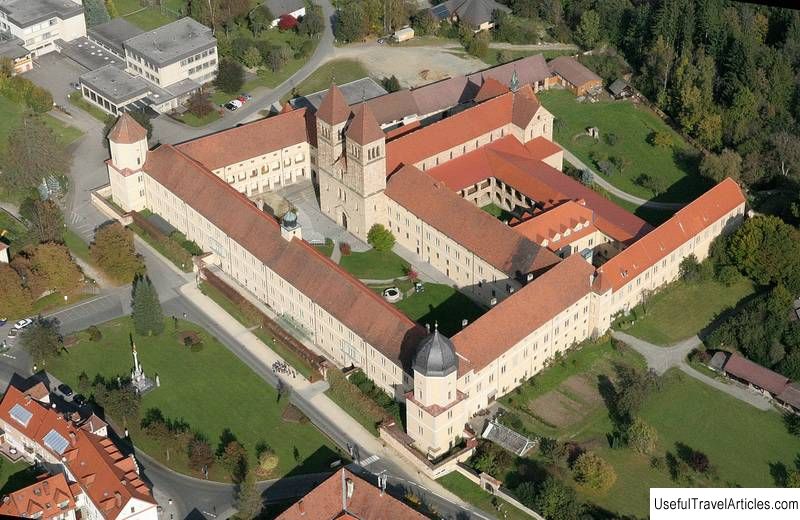Holy Cross Church (Svento Kryziaus baznycia) description and photos - Lithuania: Vilnius
Rating: 7,9/10 (3839 votes) 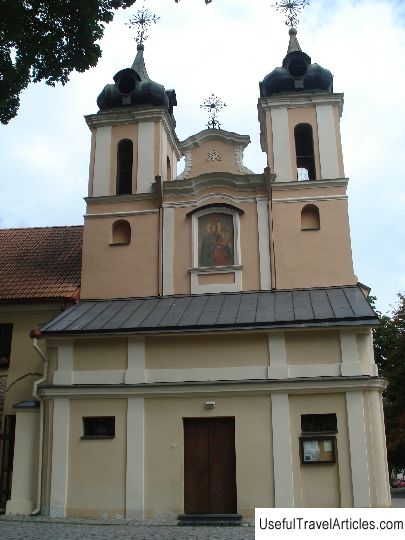
Church of the Holy Cross (Svento Kryziaus baznycia) description and photos - Lithuania: Vilnius. Detailed information about the attraction. Description, photographs and a map showing the nearest significant objects. The name in English is Svento Kryziaus baznycia. Photo and descriptionAn ancient legend tells that in 1364 a Lithuanian nobleman named Gostautas invited 14 Franciscan monks to the country and presented them with houses so that they could settle in the country. When Gostautas left, all the monks were killed. Some time later, the nobleman invited other Franciscan monks. He settled the new monks in a different place, and on the site of the murdered monks he built a church named after the Holy Cross. In 1524, the church burned down. In 1635 Bonifratra priests settled in this place. They began their activity by building a new Church of the Holy Cross, founded a nearby monastery of the same name and opened a hospital on the territory of the monastery. Later, the hospital was turned into an asylum for the mentally ill. The Goshtautas church was used as a monastery building. The psychiatric hospital operated here until 1903, when it was transferred to new buildings built specifically for the psychiatric hospital. In 1737, the church burned down again. In 1748 the church was restored, the interior was completely renovated, six altars were erected and a baroque pulpit was installed. The facade and the building of the monastery are also decorated in the Baroque style. Although after this restoration, elements of rococo appeared in the exterior of the building. Inside the temple, stone, cruciform arches majestically rise above the spacious room. The combination of architectural elements of baroque, rococo and neo-rococo is interesting. On the territory of the temple there is a source, which is considered miraculous. Legends say that the source appeared unexpectedly near the statue of the Immaculate Conception. This is exactly the place where the slain Franciscan monks were tortured. They say that the water of this spring has a particularly beneficial effect on patients suffering from eye diseases. There is also a miraculous cross in the church, which is installed above the main altar. Below the cross is the image of the Blessed Virgin Mary with the Child. Presumably, the painting was painted in the 17th century, but the exact origin of the painting is unknown. She is also numbered among the miraculous creations. A copy of the miraculous painting of the Blessed Virgin Mary and Child, in the form of a fresco, can also be seen on the main facade of the Church. It is located under the arched pediment, built in 1737 between the two side towers of the church. Between 1914 and 1924, special services were held in the church for students of Lithuanian schools. During the period when Vilnius was occupied by Poland, services in the Lithuanian language were not held in the church. In 1843, the Bonifratr Order was abolished, and only their representation remained on the site of the monastery. In 1909 the church was renovated again. At the end of the First World War, in 1924, Bishop Jurgis Matulaitis invited the Bonifratrs to return to the Holy Cross Monastery. The return of the monks to the monastery was very timely. They renovated the church, erecting six altars in it. They also set up a shelter for the elderly and a free cafeteria for those in need called Caritas at the holy monastery. At the beginning of World War II, the brothers from Vilna were revoked the Order of Bonifrathra. In 1947 the monastery hosted the sisters of the Immaculate Conception of the Blessed Virgin Mary congregation. However, they did not dominate here for long. The Soviet authorities closed both the monastery and the temple in 1949. Residential apartments were located in the buildings of the monastery. In 1976, the temple was restored and a concert hall of the Vilnius Philharmonic Society, the so-called "Small Baroque Hall", was arranged in it. Organ music concerts were held here. The Vilnius Archbishopric received its buildings back only after the change of the state system, in 1990. The temple and the buildings of the monastery were restored, consecrated and transferred again to the nuns of the congregation of sisters of the Immaculate Conception of the Blessed Virgin Mary.       We also recommend reading Museum of Crafts (Luostarinmaki) description and photos - Finland: Turku Topic: Holy Cross Church (Svento Kryziaus baznycia) description and photos - Lithuania: Vilnius. |
